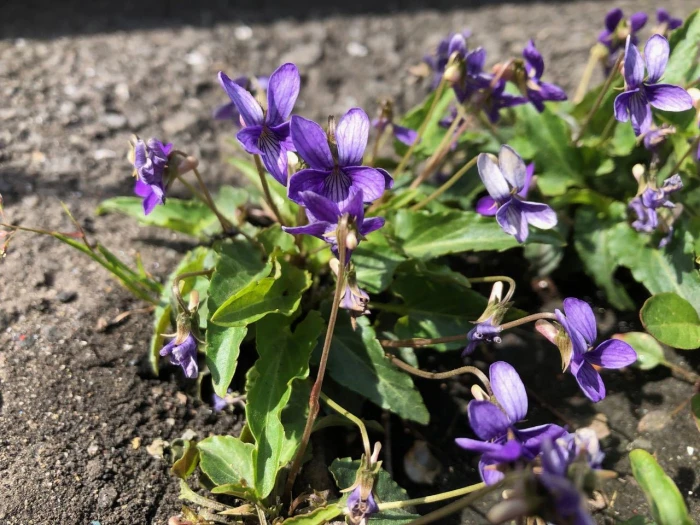Inconspicuous Violet
(Viola inconspicua)
Inconspicuous Violet (Viola inconspicua)
/
/

Yoshimasa Uchiyama
CC BY 4.0
Image By:
Yoshimasa Uchiyama
Recorded By:
Copyright:
CC BY 4.0
Copyright Notice:
Photo by: Yoshimasa Uchiyama | License Type: CC BY 4.0 | License URL: http://creativecommons.org/licenses/by/4.0/ | Rights Holder: Yoshimasa Uchiyama | Publisher: iNaturalist | Date Created: 2020-03-27T13:06:11-07:00 |

























Estimated Native Range
Climate Requirements for Graz, Austria
| This Plant | Your Site | Plant Suitability for Your Location | ||
|---|---|---|---|---|
| • Precipitation | 6" - 158" | 32" | Your precipitation may be insufficient for this plant. Irrigate N" / year. | Irrigate N" / year |
| • High Temp. | 57°F - 94°F | 77°F | Your summer temperatures are normal for this plant. | Excellent |
| • Low Temp. | -10°F - 71°F | 23°F | Your winter temperatures are normal for this plant | Excellent |
This plant should grow well at your location with about N inches per year (Y minutes per month) of irrigation.
Summary
Viola inconspicua, commonly known as the Inconspicuous Violet, is a deciduous herb native to moist meadows, grasslands, and open woodlands in temperate regions. It typically grows to a modest height of 4-6 inches (10-15 cm) with a similar spread. This violet is characterized by its small, heart-shaped leaves and pale blue to white flowers that bloom in the spring. The flowers are not particularly showy but add a subtle charm to naturalistic settings.
The Inconspicuous Violet is valued for its low maintenance requirements and its ability to naturalize in suitable conditions. It is often used in wildflower gardens, as ground cover, and in naturalized areas where it can spread to form a delicate carpet of foliage and flowers. It thrives in partial shade to full sun, prefers moist, well-drained soils, and is tolerant of a range of soil types. While it is not prone to serious pests or diseases, it can suffer from root rot in overly wet conditions.CC BY-SA 4.0
The Inconspicuous Violet is valued for its low maintenance requirements and its ability to naturalize in suitable conditions. It is often used in wildflower gardens, as ground cover, and in naturalized areas where it can spread to form a delicate carpet of foliage and flowers. It thrives in partial shade to full sun, prefers moist, well-drained soils, and is tolerant of a range of soil types. While it is not prone to serious pests or diseases, it can suffer from root rot in overly wet conditions.CC BY-SA 4.0
Plant Description
- Plant Type: Herb
- Height: 0.25-0.5 feet
- Width: 0.5-1 feet
- Growth Rate: Moderate
- Flower Color: White, Purple
- Flowering Season: Spring
- Leaf Retention: Deciduous
Growth Requirements
- Sun: Part Shade, Full Shade
- Water: Medium
- Drainage: Medium
Common Uses
Low Maintenance, Potted Plant, Rock Garden
Natural Habitat
Moist meadows, grasslands, and open woodlands in temperate regions
Other Names
Common Names:
Scientific Names: Viola inconspicua, Viola apetala, Viola betonicifolia subsp. nagasakiensis, Viola betonicifolia subsp. novaguineensis, Viola betonicifolia var. oblongosagittata, Viola chinensis, Viola chinensis, Viola confusa f. albescens, Viola confusa f. albiflora
GBIF Accepted Name: Viola inconspicua